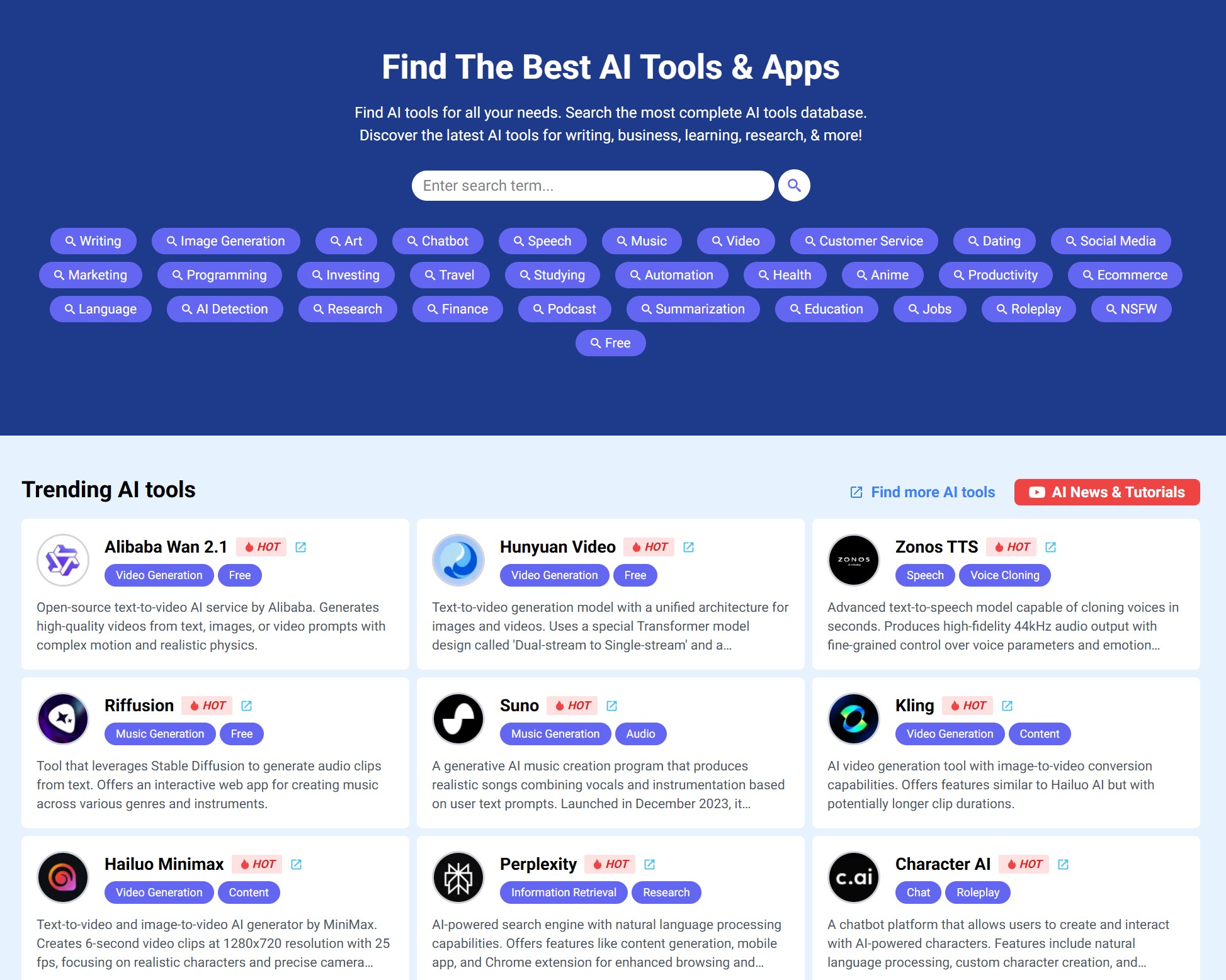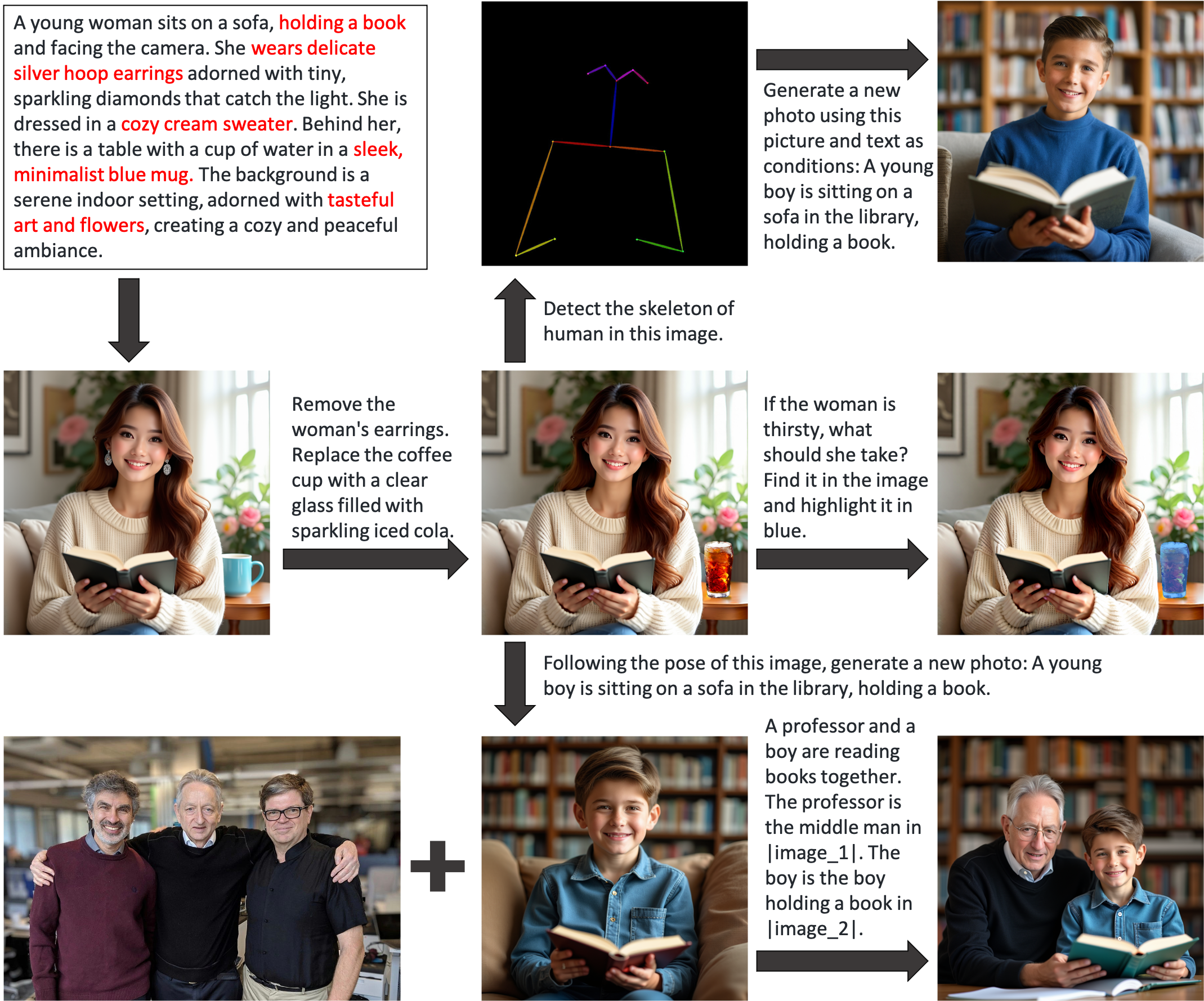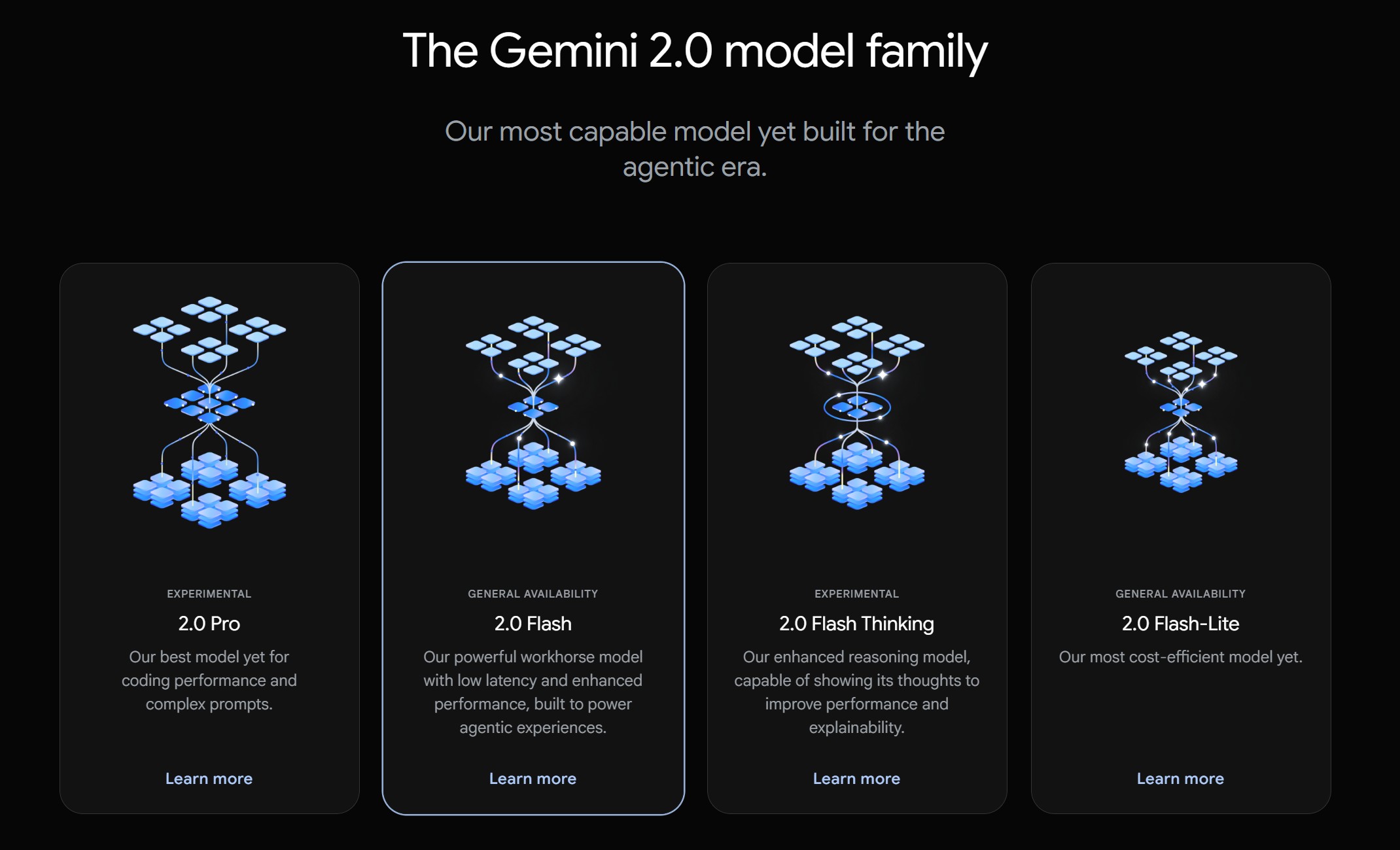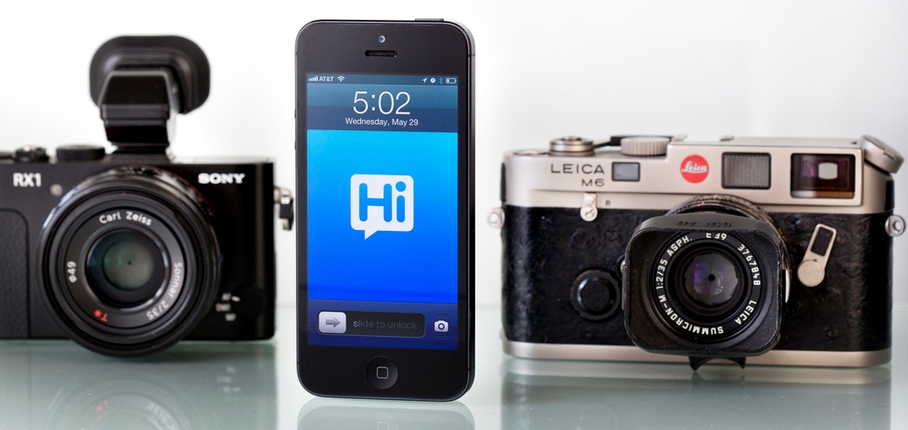BREAKING NEWS
LATEST POSTS
-
Sony tests AI-powered Playstation characters
https://www.independent.co.uk/tech/ai-playstation-characters-sony-ps5-chatgpt-b2712813.html
A demo video, first reported by The Verge, showed an AI version of the character Aloy from the Playstation game Horizon Forbidden West conversing through voice prompts during gameplay on the PS5 console.
The character’s facial expressions are also powered by Sony’s advanced AI software Mockingbird, while the speech artificially replicates the voice of the actor Ashly Burch.
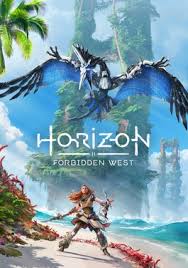
-
BEAR – BE-A-Rigger – Maya Rigging Tool
https://github.com/Grackable/bear_core
BEAR claims to be the most intuitive and easy-to-use rigging tool available, offering production-proven features that streamline the rigging workflow for maximum efficiency and consistency.
-
Jellyfish Pictures suspends operations
https://www.broadcastnow.co.uk/post-and-vfx/jellyfish-pictures-suspends-operations/5202847.article
According to a report in Indian news outlet, Animation Xpress, Jellyfish is facing financial struggles and has temporarily suspended its global operations.

-
AI and the Law – Judge allows authors AI copyright lawsuit against Meta to move forward
The lawsuit has already provided a few glimpses into how Meta approaches copyright, with court filings from the plaintiffs claiming that Mark Zuckerberg gave the Llama team permission to train the models using copyrighted works and that other Meta team members discussed the use of legally questionable content for AI training.
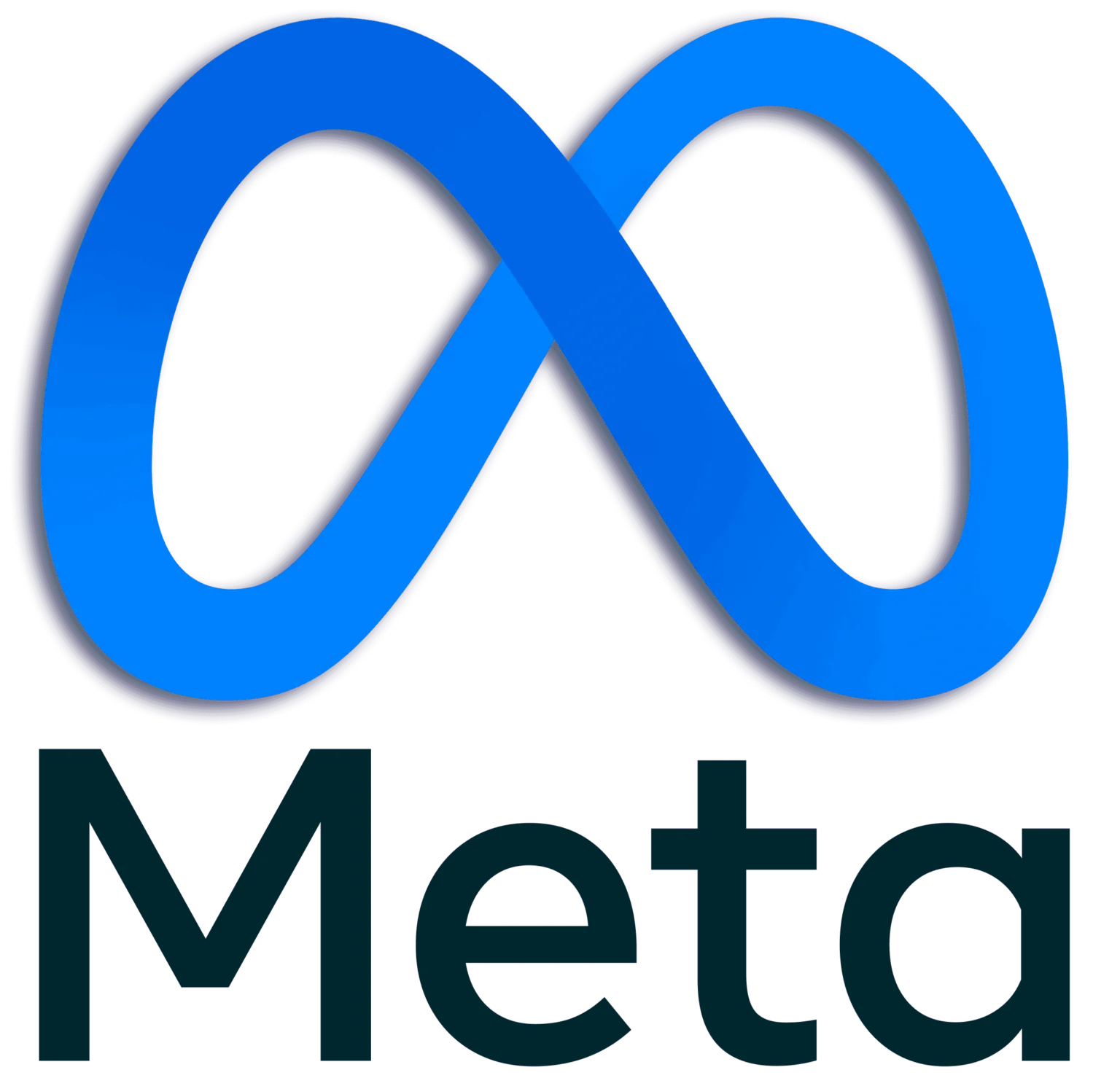
FEATURED POSTS
-
Using Meta’s Llama 3 for your business
Meta is the only Big Tech company committed to developing AI, particularly large language models, with an open-source approach.
There are 3 ways you can use Llama 3 for your business:
1- Llama 3 as a Service
Use Llama 3 from any cloud provider as a service. You pay by use, but the price is typically much cheaper than proprietary models like GPT-4 or Claude.
→ Use Llama 3 on Azure AI catalog:
https://techcommunity.microsoft.com/t5/ai-machine-learning-blog/introducing-meta-llama-3-models-on-azure-ai-model-catalog/ba-p/41171442- Self-Hosting
If you have GPU infrastructure (on-premises or cloud), you can run Llama 3 internally at your desired scale.
→ Deploy Llama 3 on Amazon SageMaker:
https://www.philschmid.de/sagemaker-llama33- Desktop (Offline)
Tools like Ollama allow you to run the small model offline on consumer hardware like current MacBooks.
→ Tutorial for Mac:
https://ollama.com/blog/llama3
-
why the smartphone camera changed photography forever
The best camera is the one you carry with you…
-
Survivorship Bias: The error resulting from systematically focusing on successes and ignoring failures. How a young statistician saved his planes during WW2.
A young statistician saved their lives.
His insight (and how it can change yours):
(more…)
During World War II, the U.S. wanted to add reinforcement armor to specific areas of its planes.
Analysts examined returning bombers, plotted the bullet holes and damage on them (as in the image below), and came to the conclusion that adding armor to the tail, body, and wings would improve their odds of survival.
But a young statistician named Abraham Wald noted that this would be a tragic mistake. By only plotting data on the planes that returned, they were systematically omitting the data on a critical, informative subset: The planes that were damaged and unable to return.
-
What is a Gamut or Color Space and why do I need to know about CIE
http://www.xdcam-user.com/2014/05/what-is-a-gamut-or-color-space-and-why-do-i-need-to-know-about-it/
In video terms gamut is normally related to as the full range of colours and brightness that can be either captured or displayed.
Generally speaking all color gamuts recommendations are trying to define a reasonable level of color representation based on available technology and hardware. REC-601 represents the old TVs. REC-709 is currently the most distributed solution. P3 is mainly available in movie theaters and is now being adopted in some of the best new 4K HDR TVs. Rec2020 (a wider space than P3 that improves on visibke color representation) and ACES (the full coverage of visible color) are other common standards which see major hardware development these days.
To compare and visualize different solution (across video and printing solutions), most developers use the CIE color model chart as a reference.
The CIE color model is a color space model created by the International Commission on Illumination known as the Commission Internationale de l’Elcairage (CIE) in 1931. It is also known as the CIE XYZ color space or the CIE 1931 XYZ color space.
This chart represents the first defined quantitative link between distributions of wavelengths in the electromagnetic visible spectrum, and physiologically perceived colors in human color vision. Or basically, the range of color a typical human eye can perceive through visible light.Note that while the human perception is quite wide, and generally speaking biased towards greens (we are apes after all), the amount of colors available through nature, generated through light reflection, tend to be a much smaller section. This is defined by the Pointer’s Chart.
In short. Color gamut is a representation of color coverage, used to describe data stored in images against available hardware and viewer technologies.
Camera color encoding from
https://www.slideshare.net/hpduiker/acescg-a-common-color-encoding-for-visual-effects-applicationsCIE 1976
http://bernardsmith.eu/computatrum/scan_and_restore_archive_and_print/scanning/
https://store.yujiintl.com/blogs/high-cri-led/understanding-cie1931-and-cie-1976
The CIE 1931 standard has been replaced by a CIE 1976 standard. Below we can see the significance of this.
People have observed that the biggest issue with CIE 1931 is the lack of uniformity with chromaticity, the three dimension color space in rectangular coordinates is not visually uniformed.
The CIE 1976 (also called CIELUV) was created by the CIE in 1976. It was put forward in an attempt to provide a more uniform color spacing than CIE 1931 for colors at approximately the same luminance
The CIE 1976 standard colour space is more linear and variations in perceived colour between different people has also been reduced. The disproportionately large green-turquoise area in CIE 1931, which cannot be generated with existing computer screens, has been reduced.
If we move from CIE 1931 to the CIE 1976 standard colour space we can see that the improvements made in the gamut for the “new” iPad screen (as compared to the “old” iPad 2) are more evident in the CIE 1976 colour space than in the CIE 1931 colour space, particularly in the blues from aqua to deep blue.

https://dot-color.com/2012/08/14/color-space-confusion/
Despite its age, CIE 1931, named for the year of its adoption, remains a well-worn and familiar shorthand throughout the display industry. CIE 1931 is the primary language of customers. When a customer says that their current display “can do 72% of NTSC,” they implicitly mean 72% of NTSC 1953 color gamut as mapped against CIE 1931.






